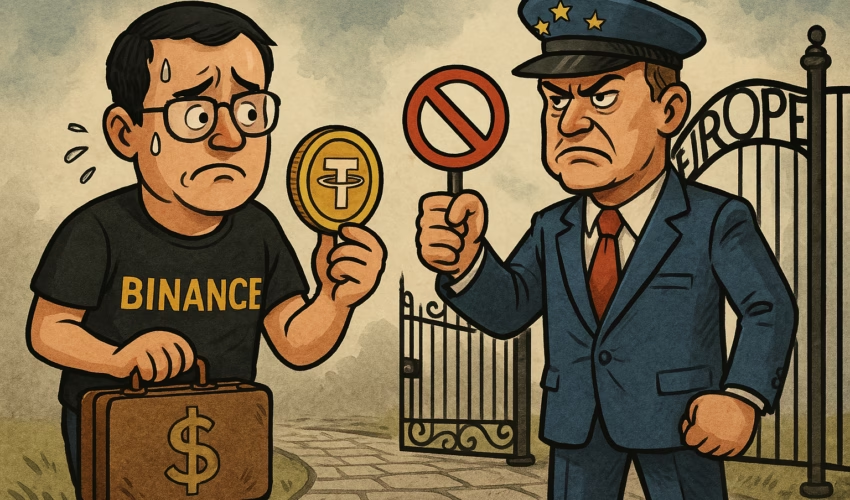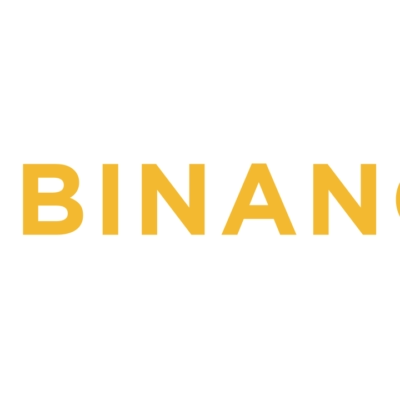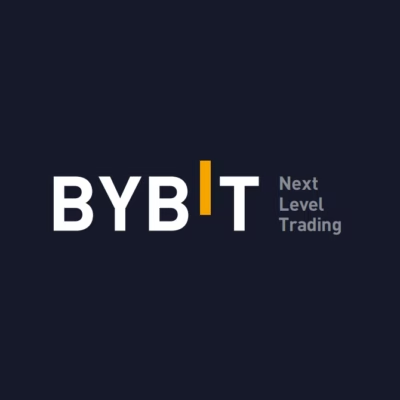Binance Responds to Europe’s Expanding Crypto Framework
Binance has officially terminated all spot trading pairs involving Tether’s USDT (USDt) for users in the European Economic Area (EEA), in order to comply with the Markets in Crypto-Assets Regulation (MiCA)—a sweeping European framework aimed at harmonizing digital asset regulation across member states.
The move aligns with Binance’s previously disclosed timeline to delist non-MiCA-compliant stablecoins from spot markets by March 31, as part of efforts to stay ahead of the regulatory curve in Europe. Despite the delisting, EEA users can still hold USDT in their Binance wallets and continue trading it in perpetual futures contracts, which fall under a different classification.
MiCA Deadline Drives Broader Industry Shifts
Binance is not alone. Other major crypto exchanges operating in the EEA, such as Kraken, have also taken similar steps. On March 24, Kraken restricted USDT to “sell-only” mode for EEA users, effectively halting new purchases of the stablecoin.
As of now, Kraken users in Europe can no longer buy USDT but are allowed to sell or transfer their existing holdings. These moves represent a growing trend of preemptive compliance as the first phase of MiCA enforcement approaches full implementation by Q1 2025.
Custody Still Permitted — For Now
Despite the trading restrictions, European regulators have not banned the custody or transfer of non-MiCA-compliant stablecoins like USDT.
In a March 5 statement to Cointelegraph, a spokesperson from the European Securities and Markets Authority (ESMA) clarified that custody and transfer services do not violate MiCA, even for tokens that fail to meet MiCA’s strict disclosure, reserve, and licensing standards.
This distinction means that while platforms like Binance and Kraken can no longer offer spot trading in these tokens within the EEA, users are still legally allowed to hold and move them, reducing disruption for long-term holders and institutional users.
Regulatory Confusion Adds Pressure
Even with ESMA’s clarification, there remains a level of uncertainty and inconsistency in how MiCA rules are being interpreted across different jurisdictions and exchanges.
Earlier guidance from ESMA suggested that all transactions involving non-compliant stablecoins should cease after March 31, creating tension between its earlier and more recent communications.
This ambiguity has led to fragmented exchange policies and increasing calls from the industry for clearer regulatory guidance, particularly regarding stablecoins that are deeply integrated into global crypto liquidity—such as USDT, which remains the largest stablecoin by market cap.
What’s Next for USDT in Europe?
With MiCA’s framework still rolling out in phases, and ESMA continuing to refine its interpretations, the future of USDT and other stablecoins in Europe remains fluid.
Key takeaways include:
-
Spot trading restrictions are likely to expand to other tokens that fall outside MiCA’s compliance thresholds.
-
Custody and derivative trading may remain viable, at least in the near term.
-
MiCA-compliant alternatives, such as EURe or future offerings from Circle and other regulated issuers, may see increased adoption in the EEA.
For now, exchanges like Binance appear to be balancing regulatory caution with operational continuity, ensuring users can maintain access to their holdings while steering clear of enforcement risks.
Conclusion
Binance’s decision to delist USDT spot pairs for EEA users underscores a significant shift in Europe’s regulatory landscape, with MiCA serving as both a framework for legitimacy and a source of market disruption. As more exchanges adapt to the law’s evolving standards, stablecoin markets in the region may see a reconfiguration—but not a collapse.
Investors, meanwhile, should stay informed and prepared for further changes, as the regulatory dialogue around digital assets in Europe is far from over.












